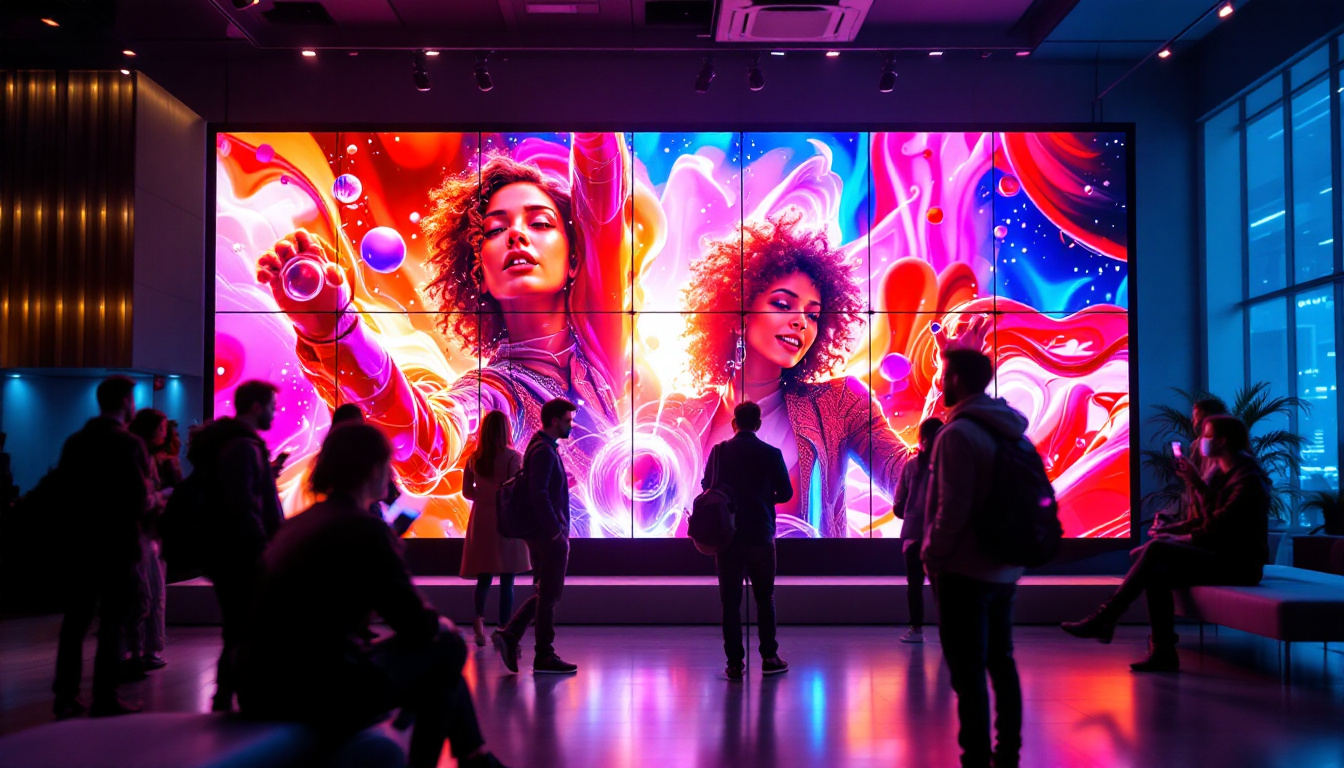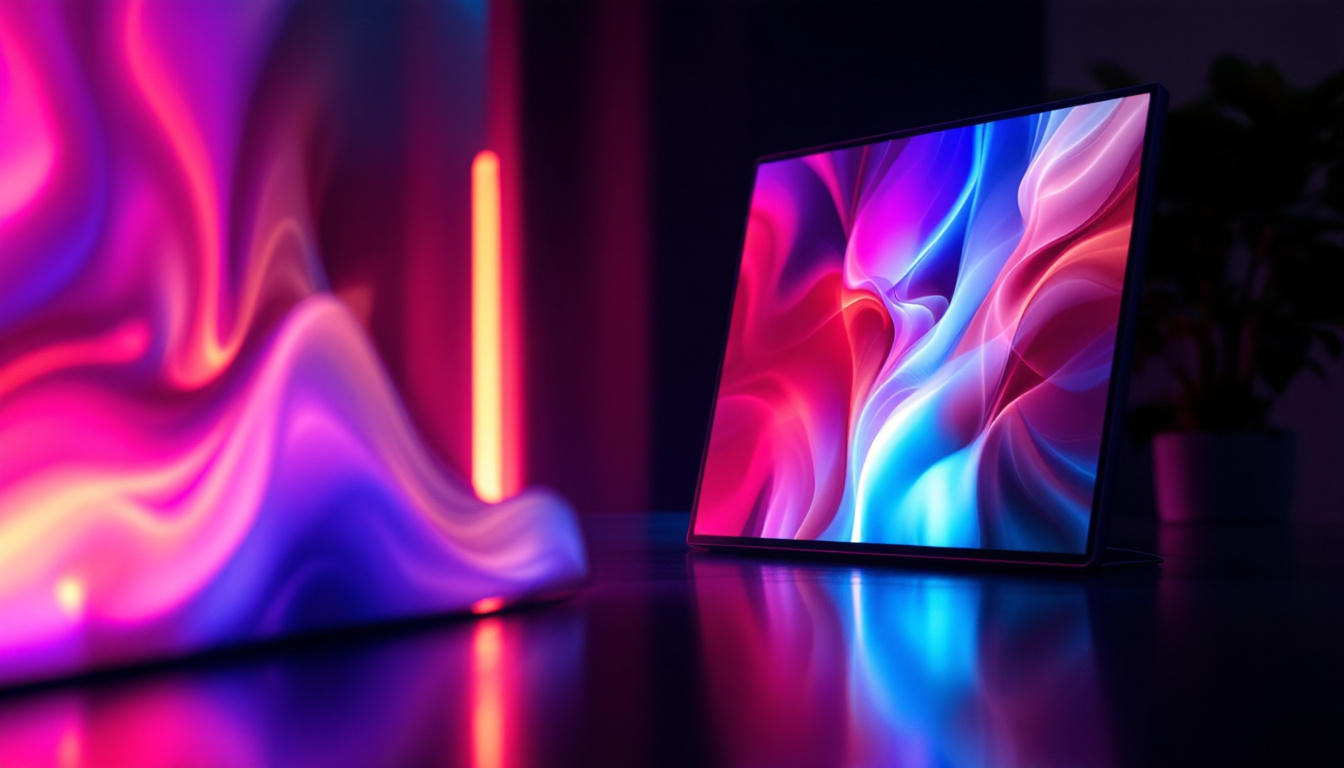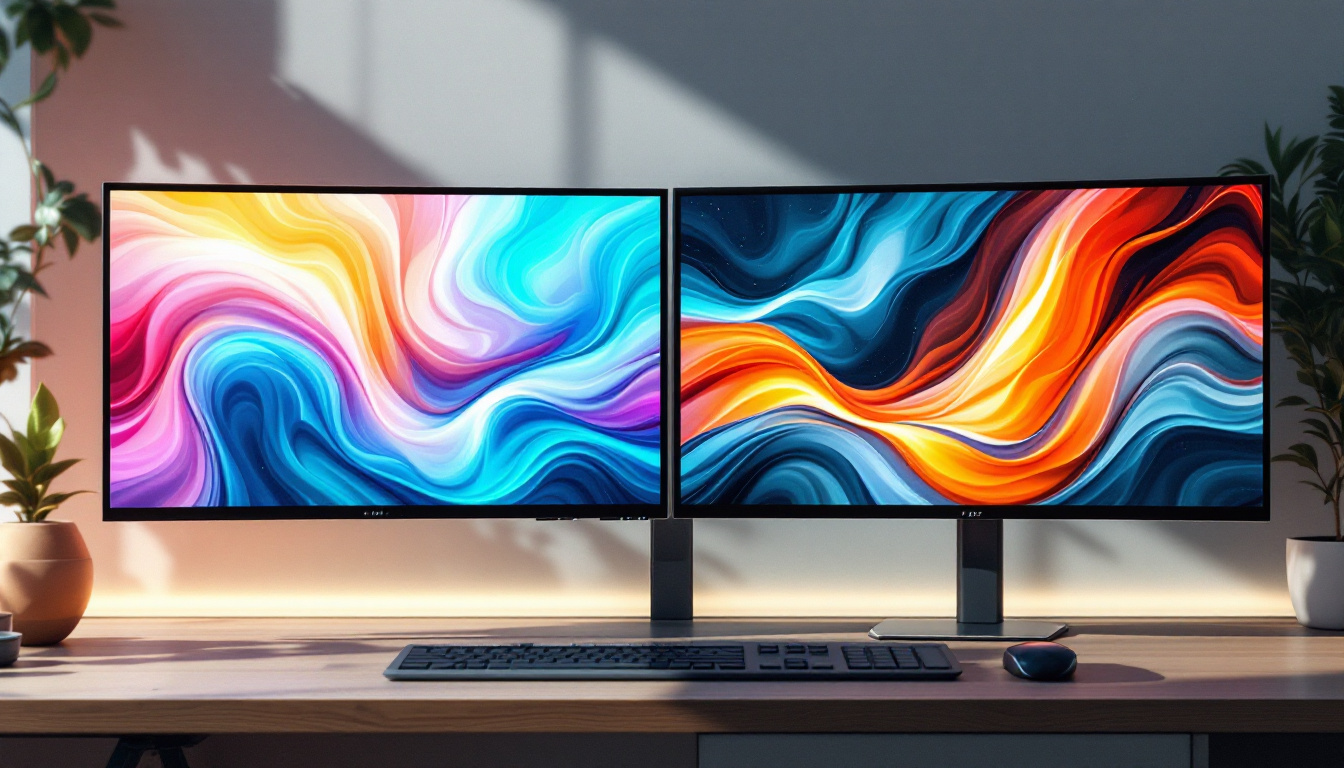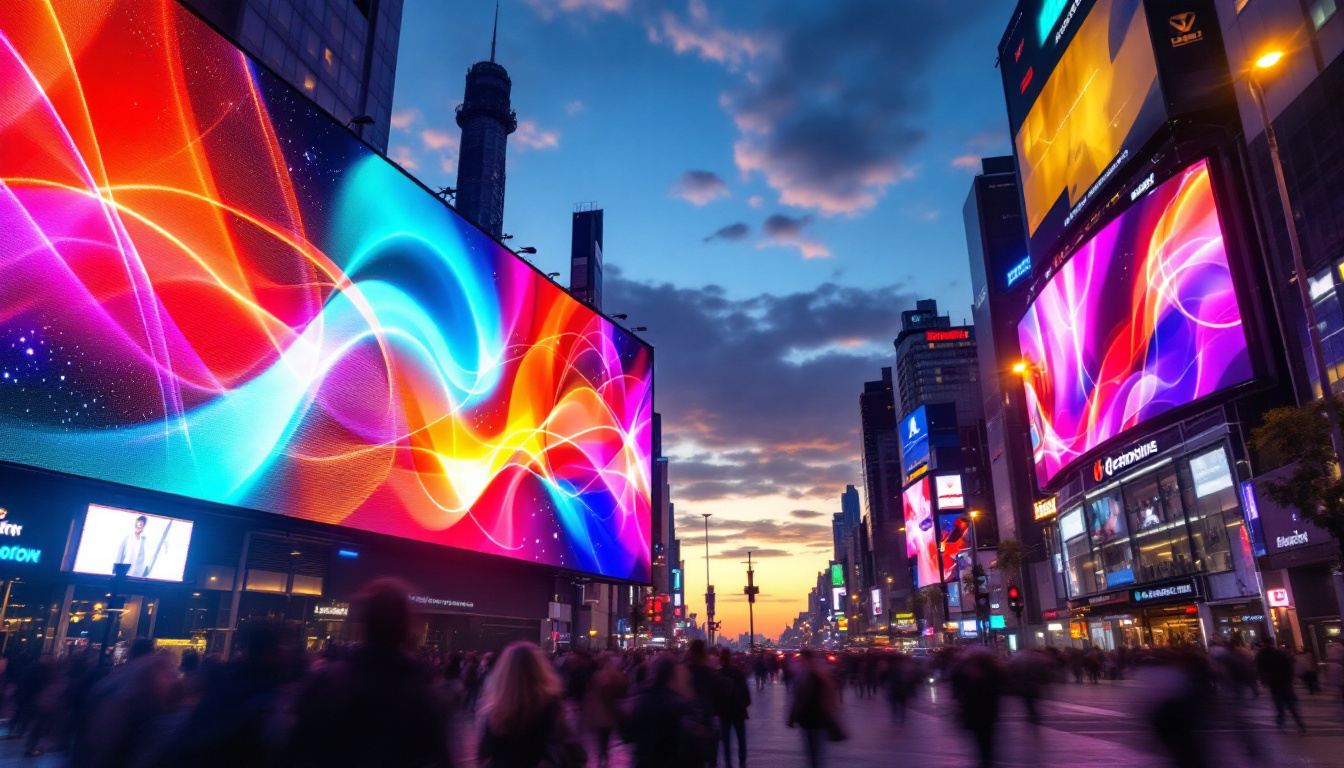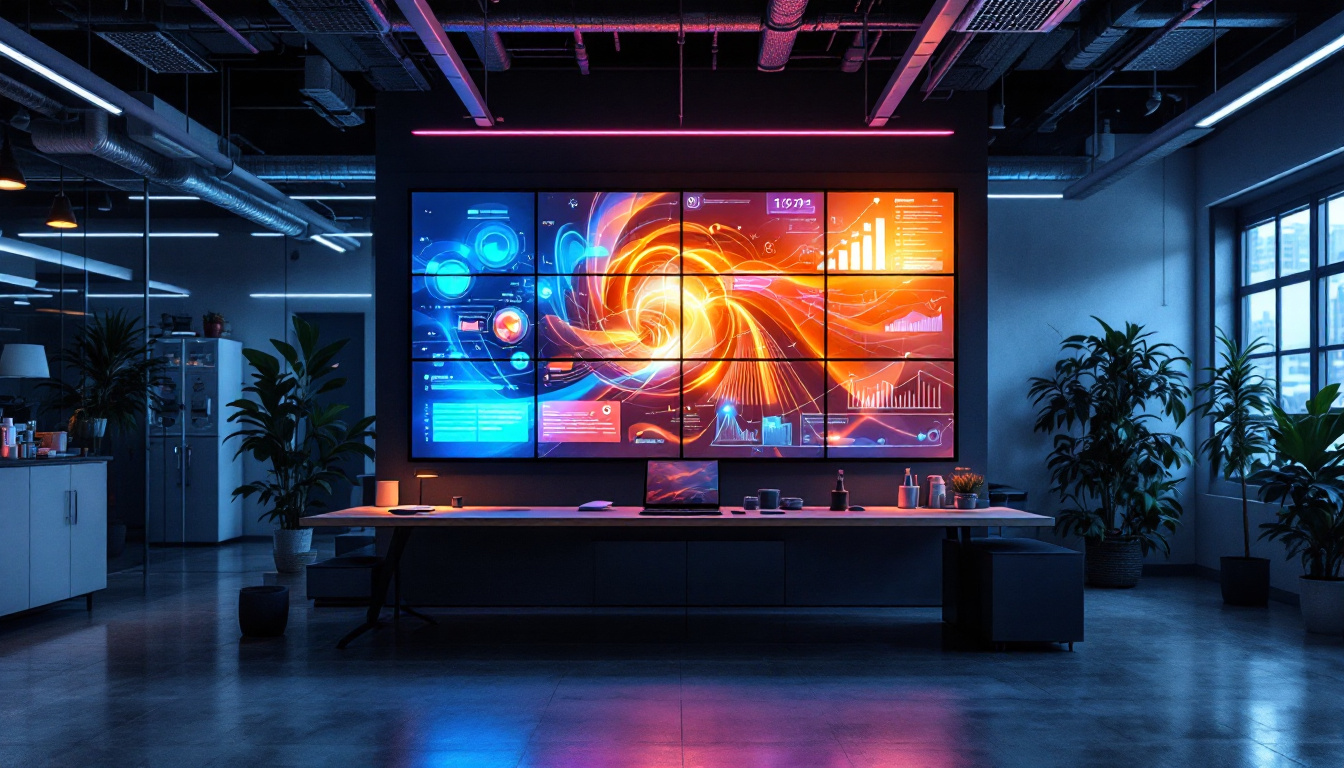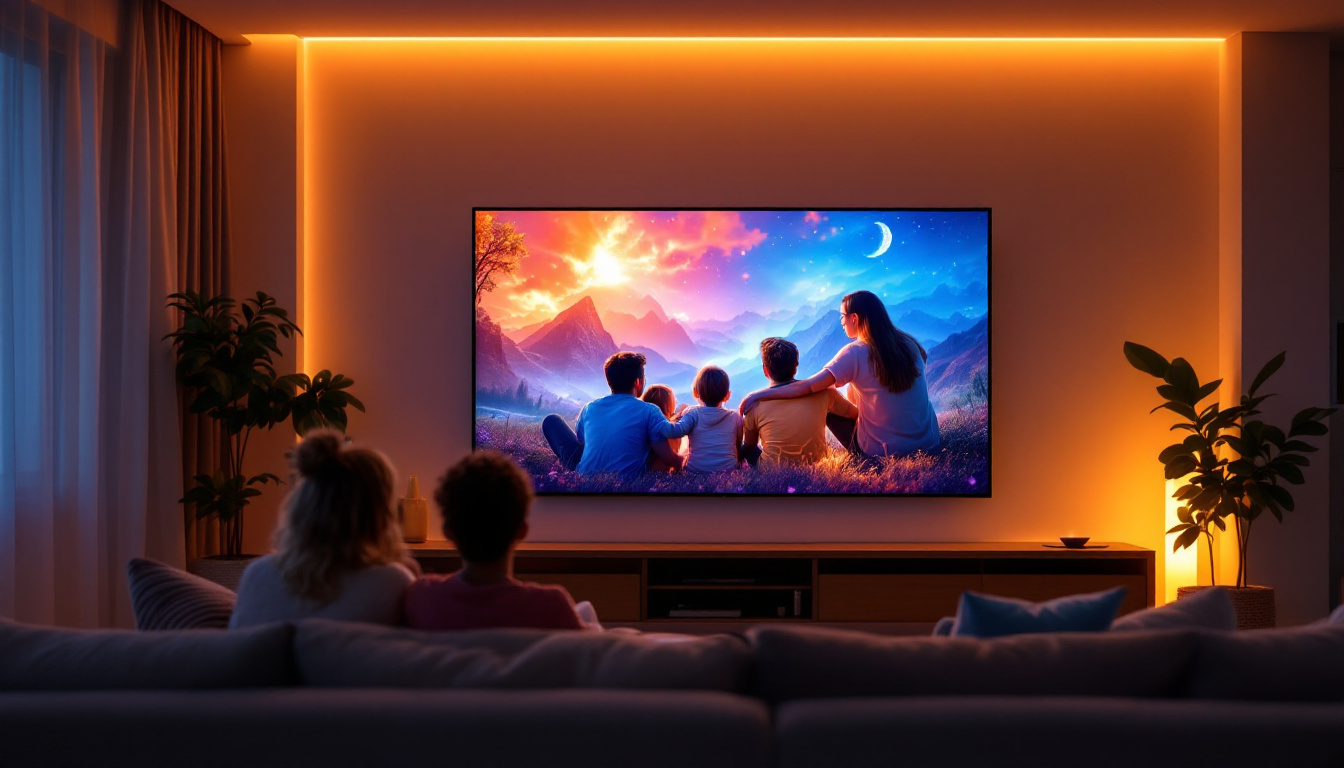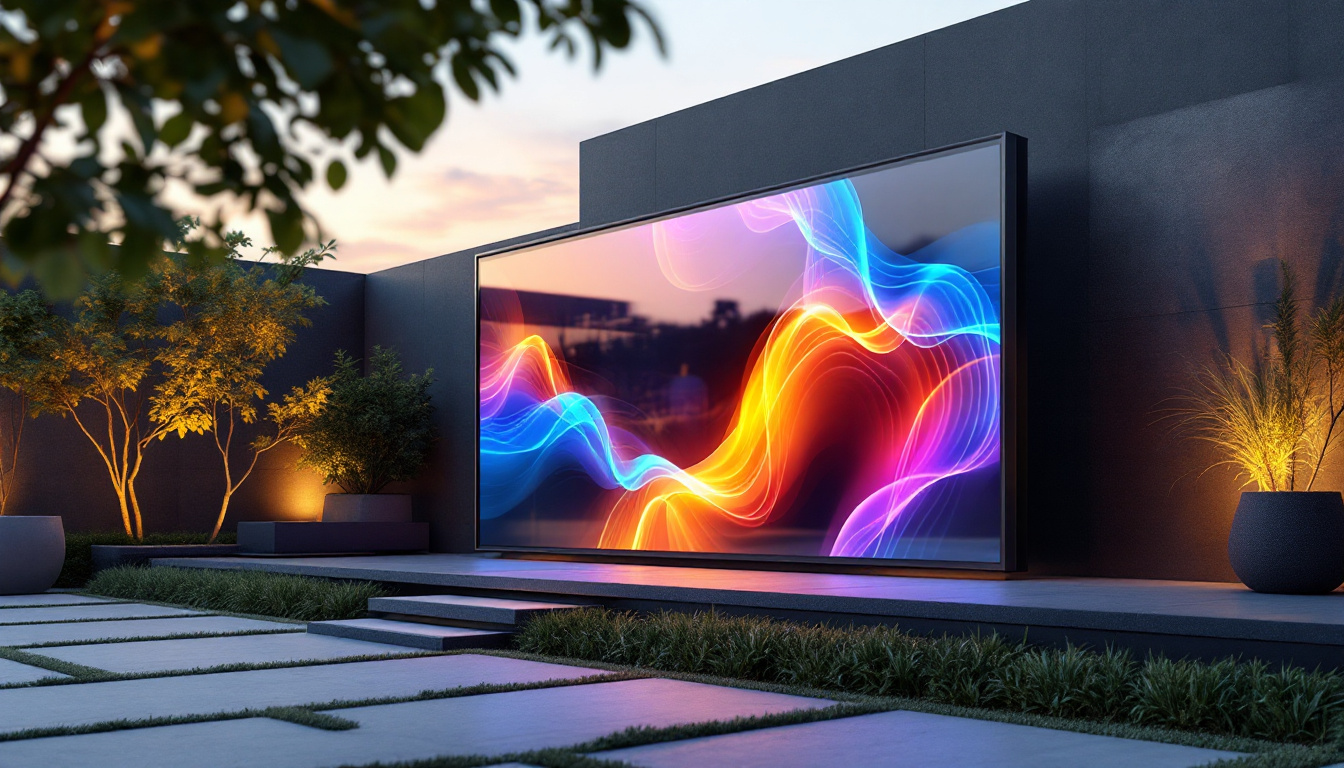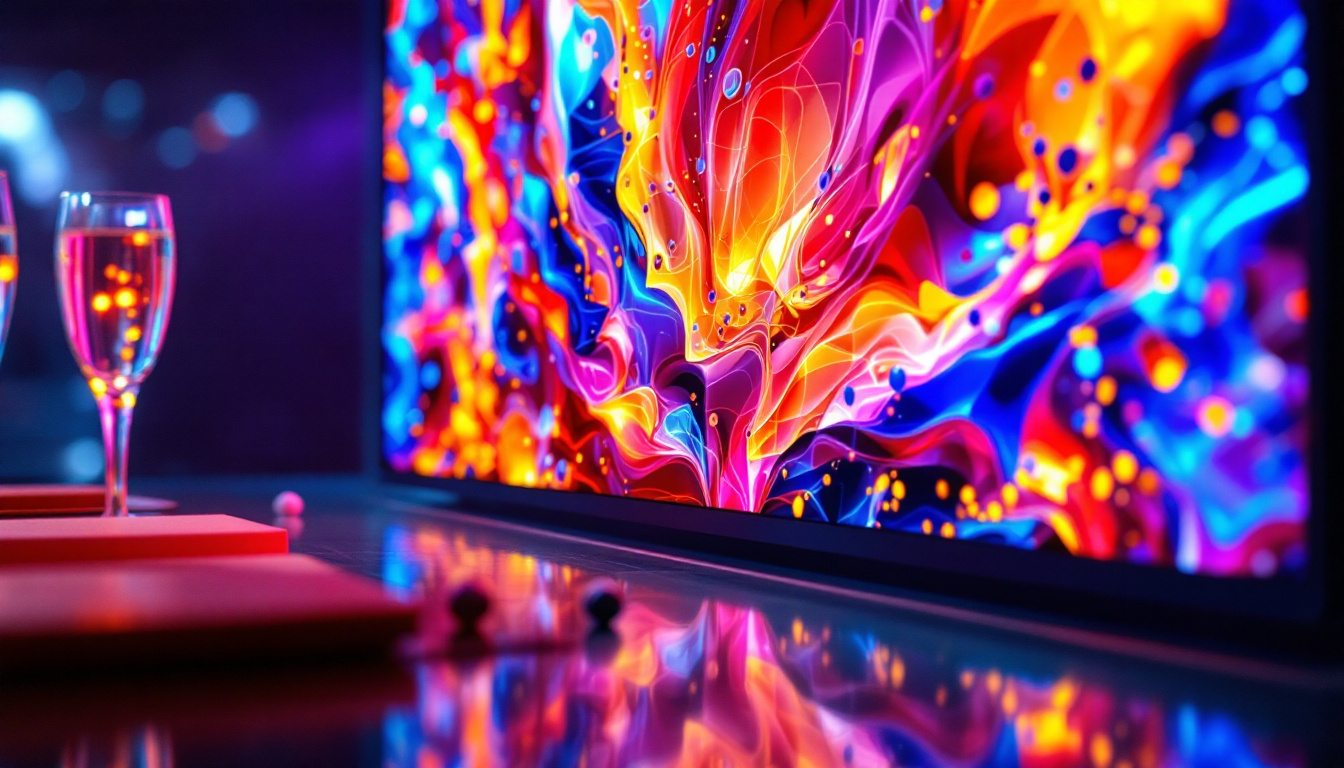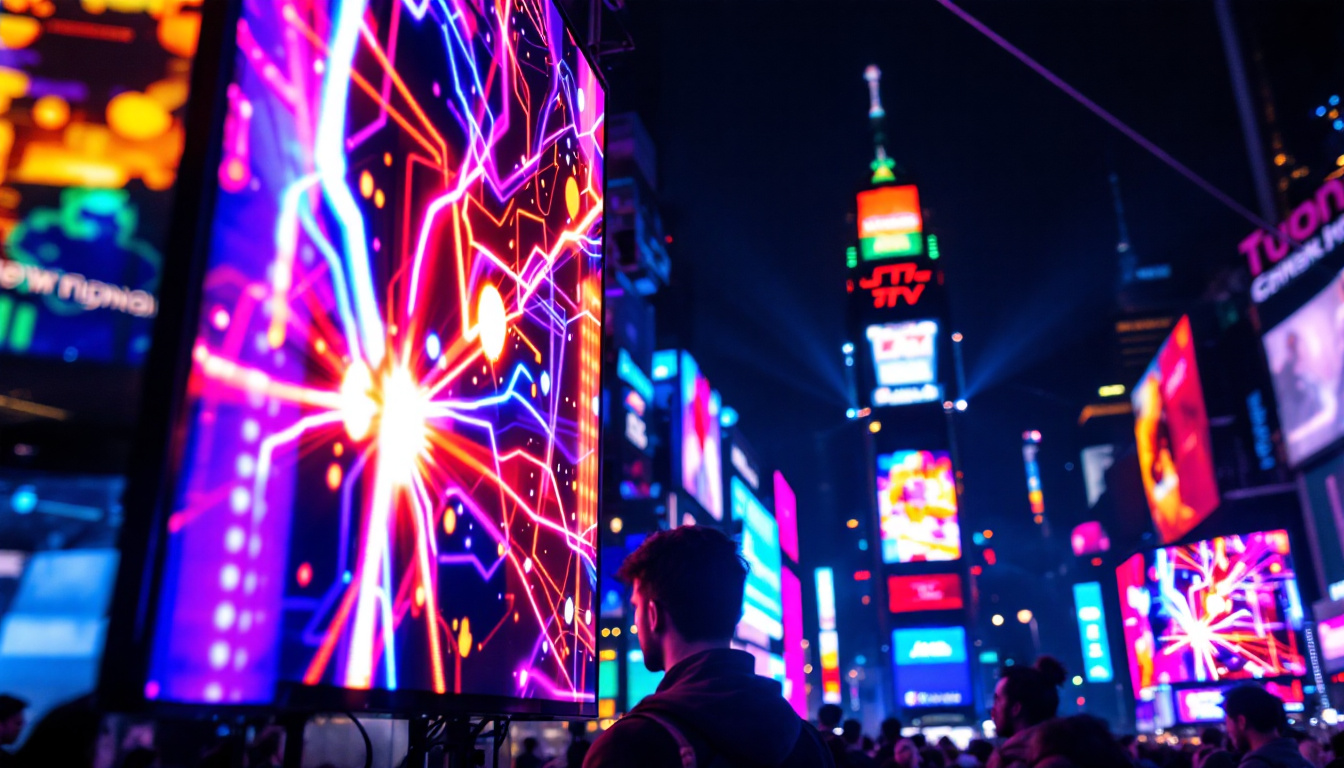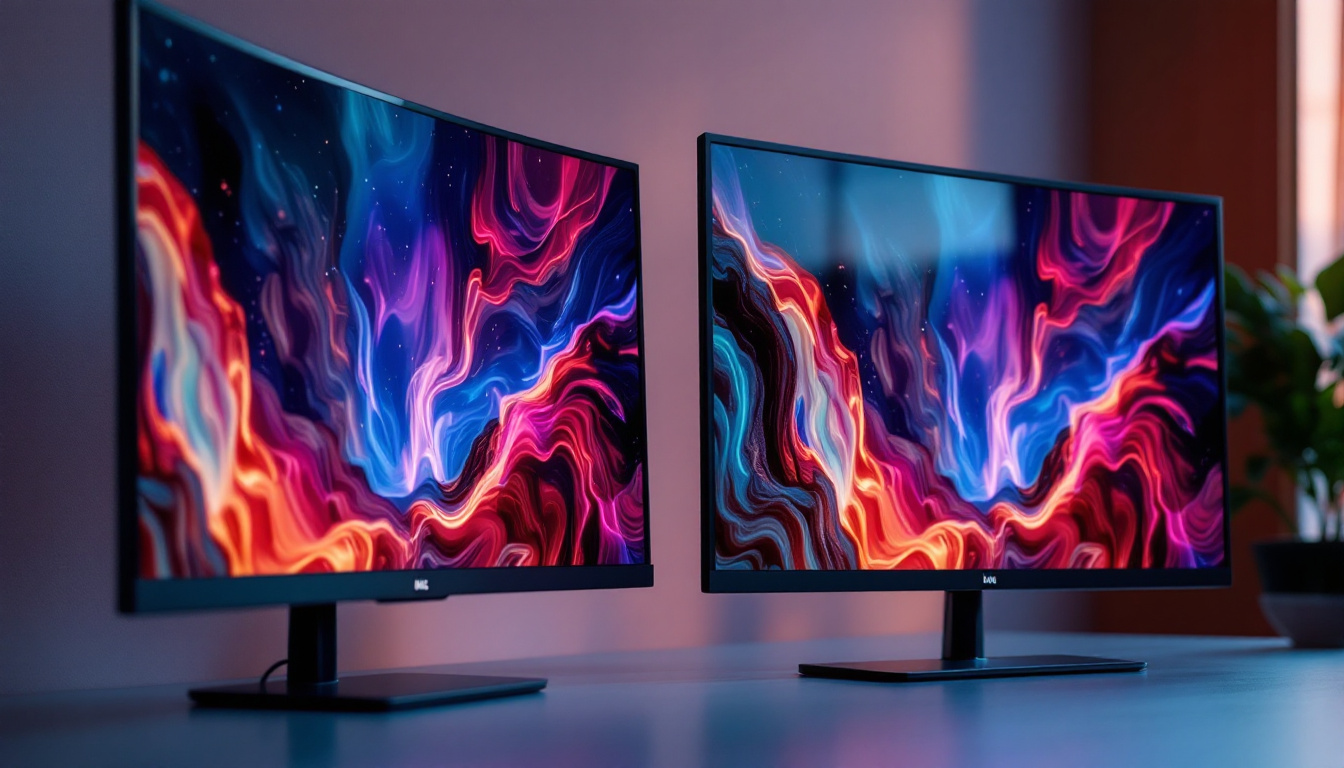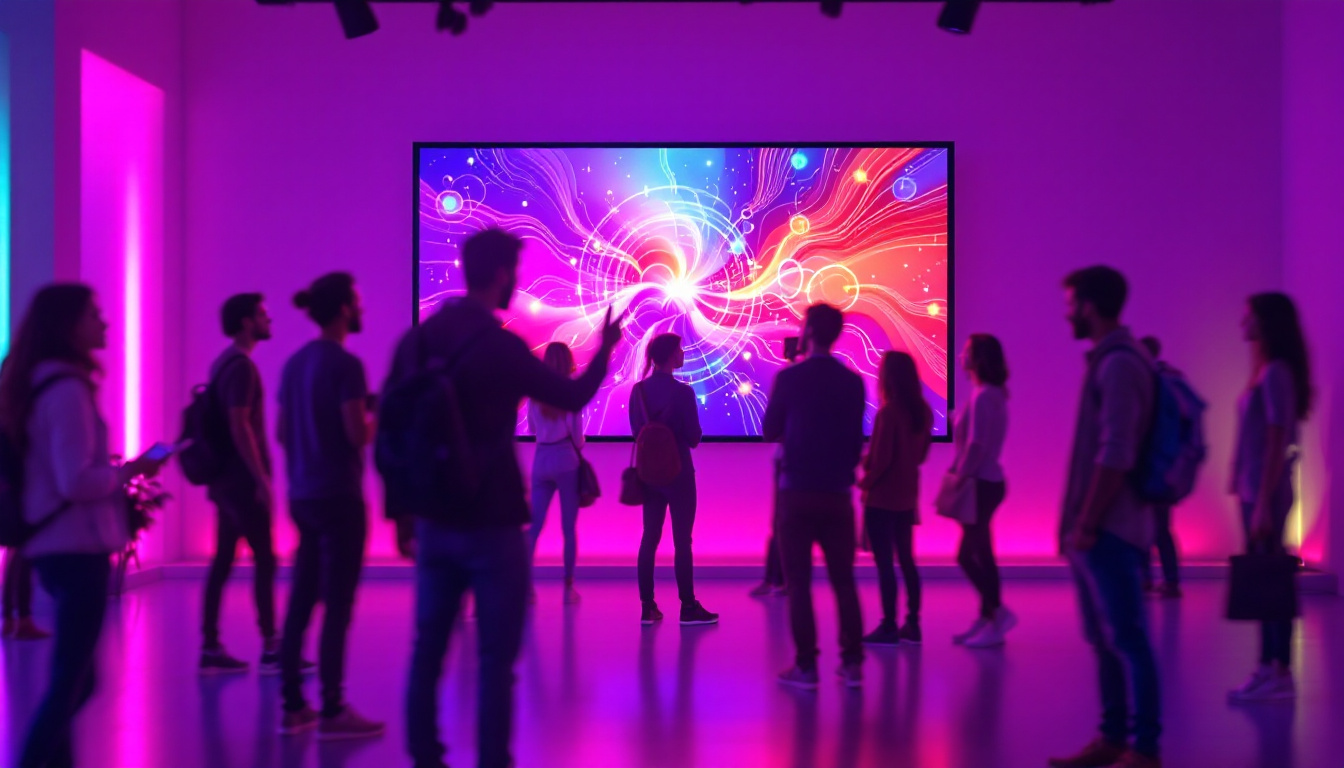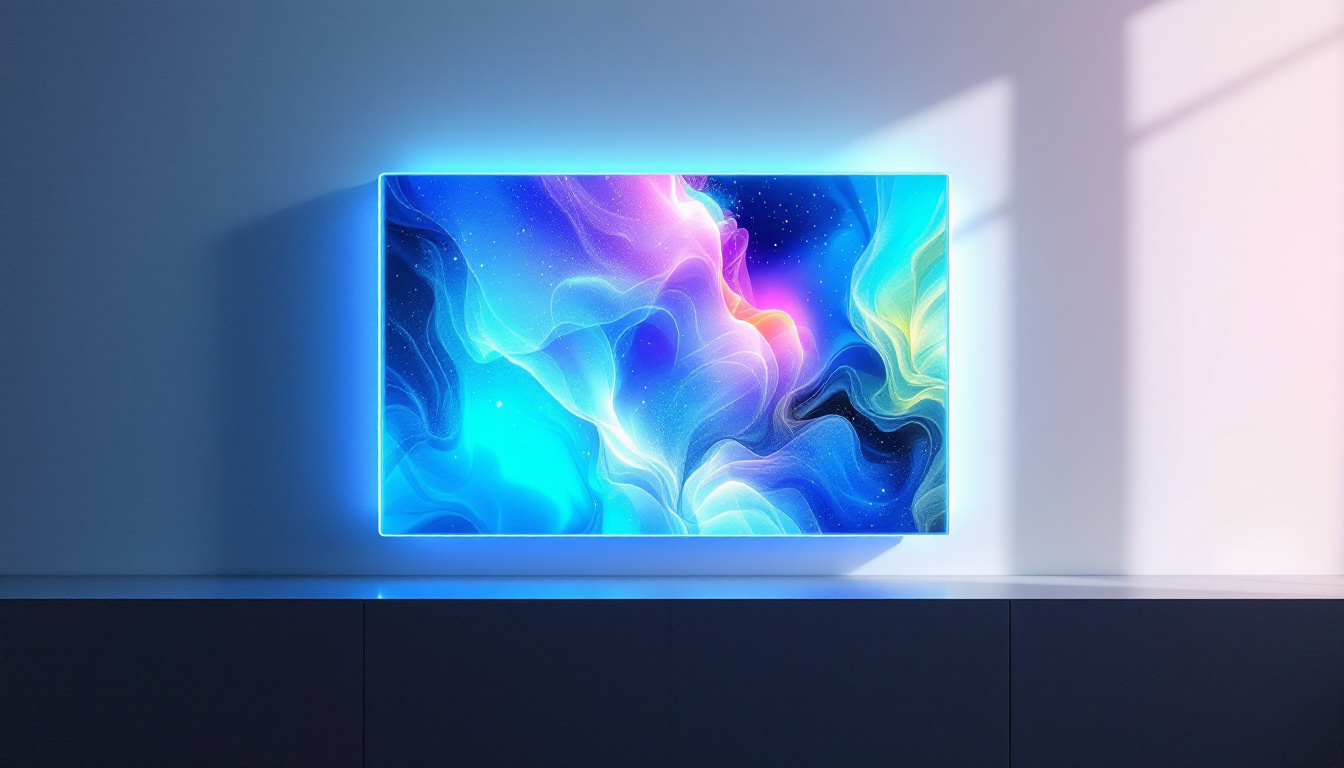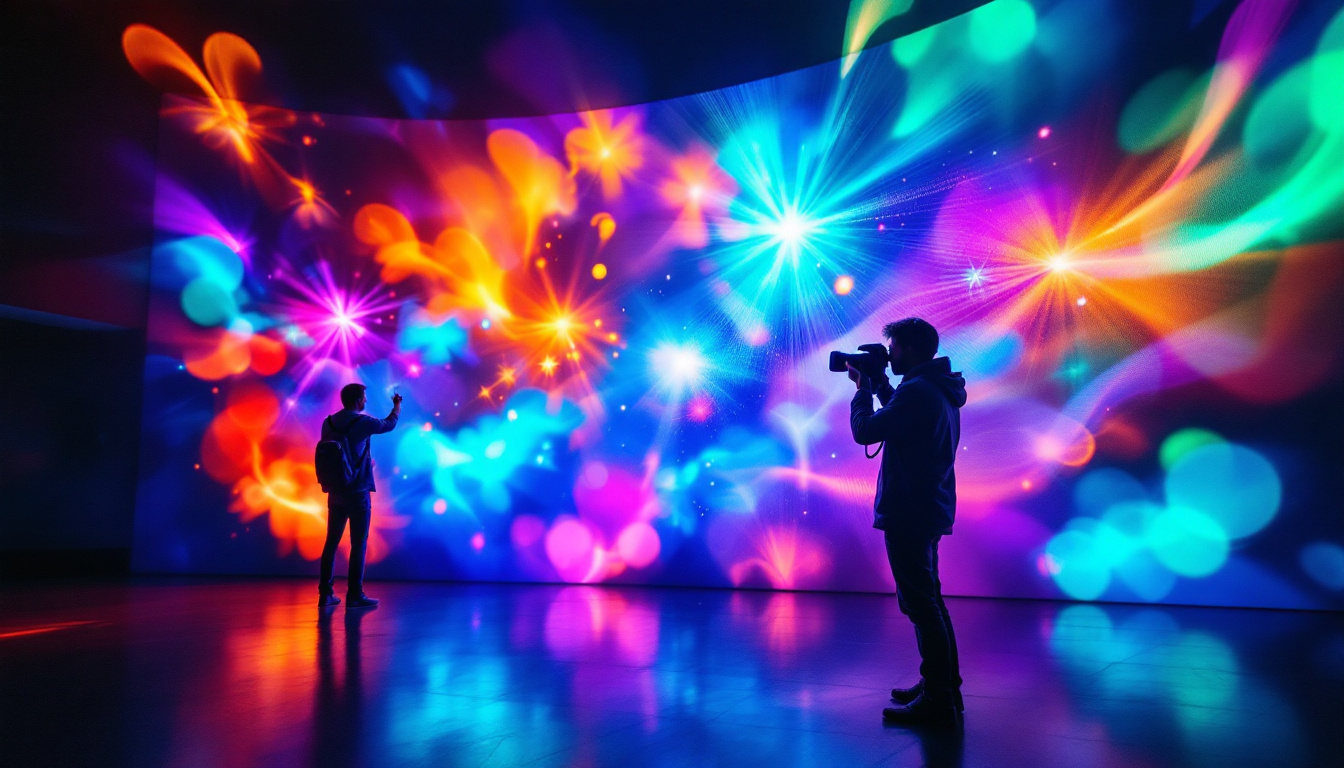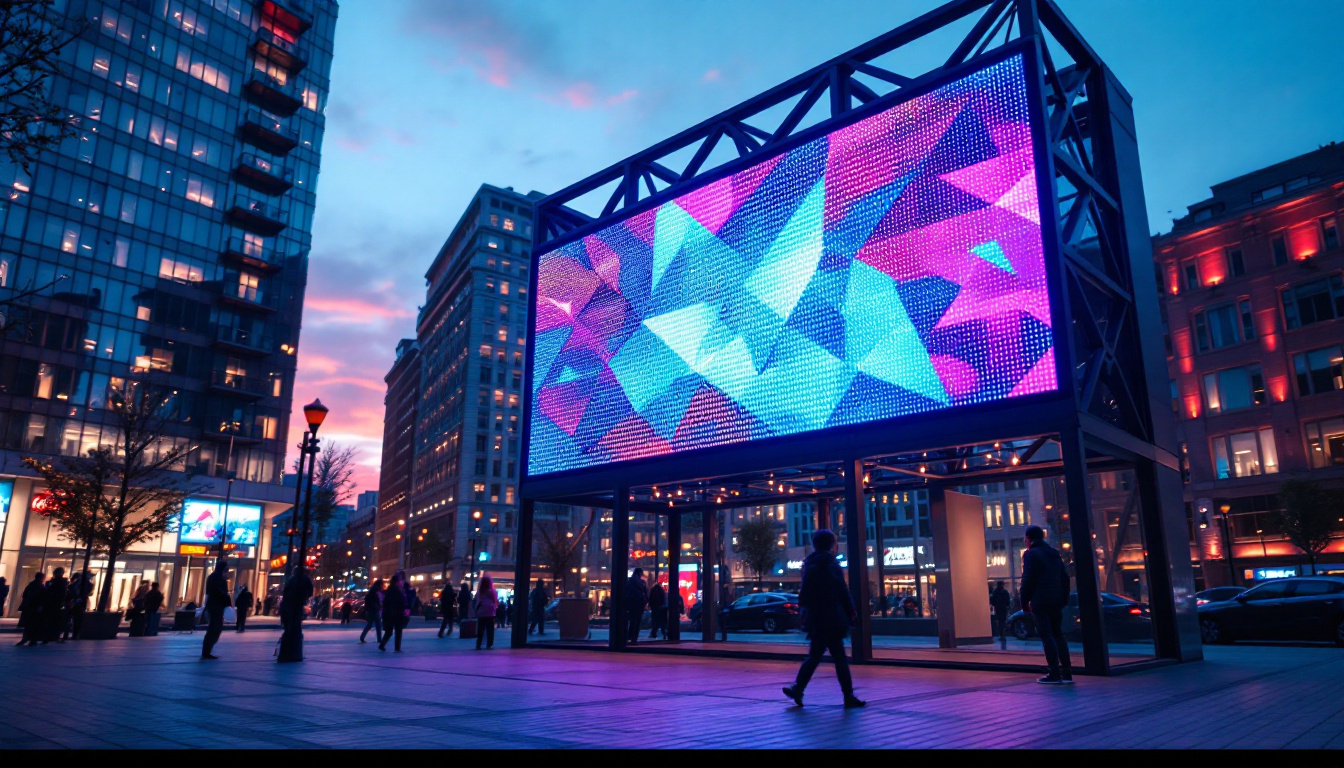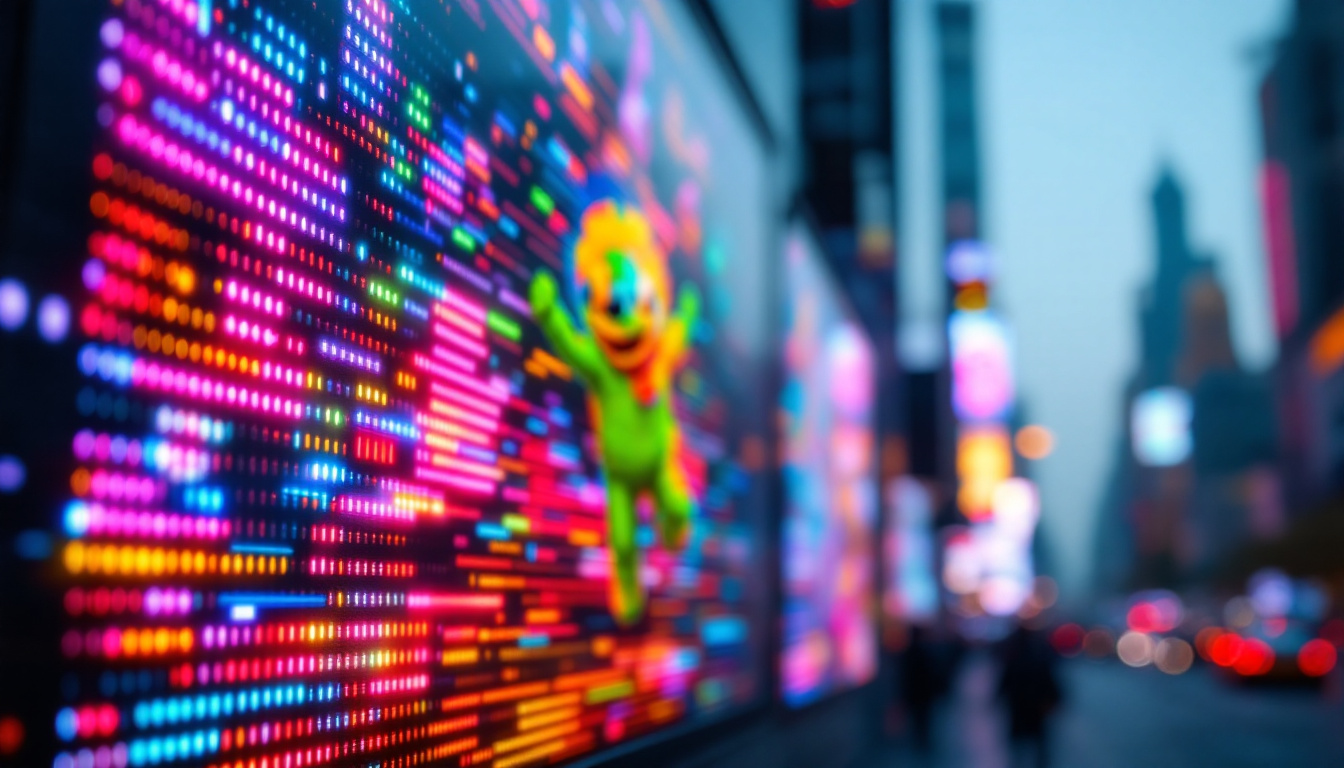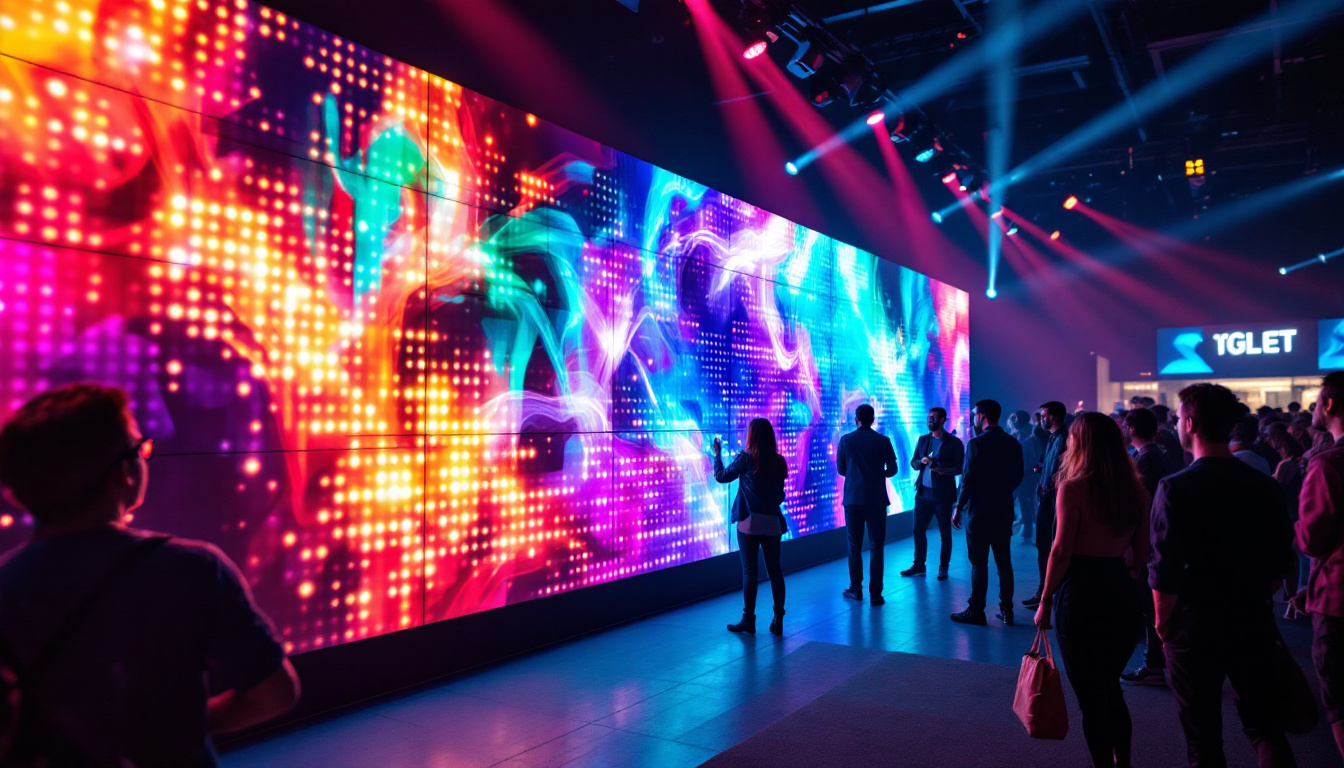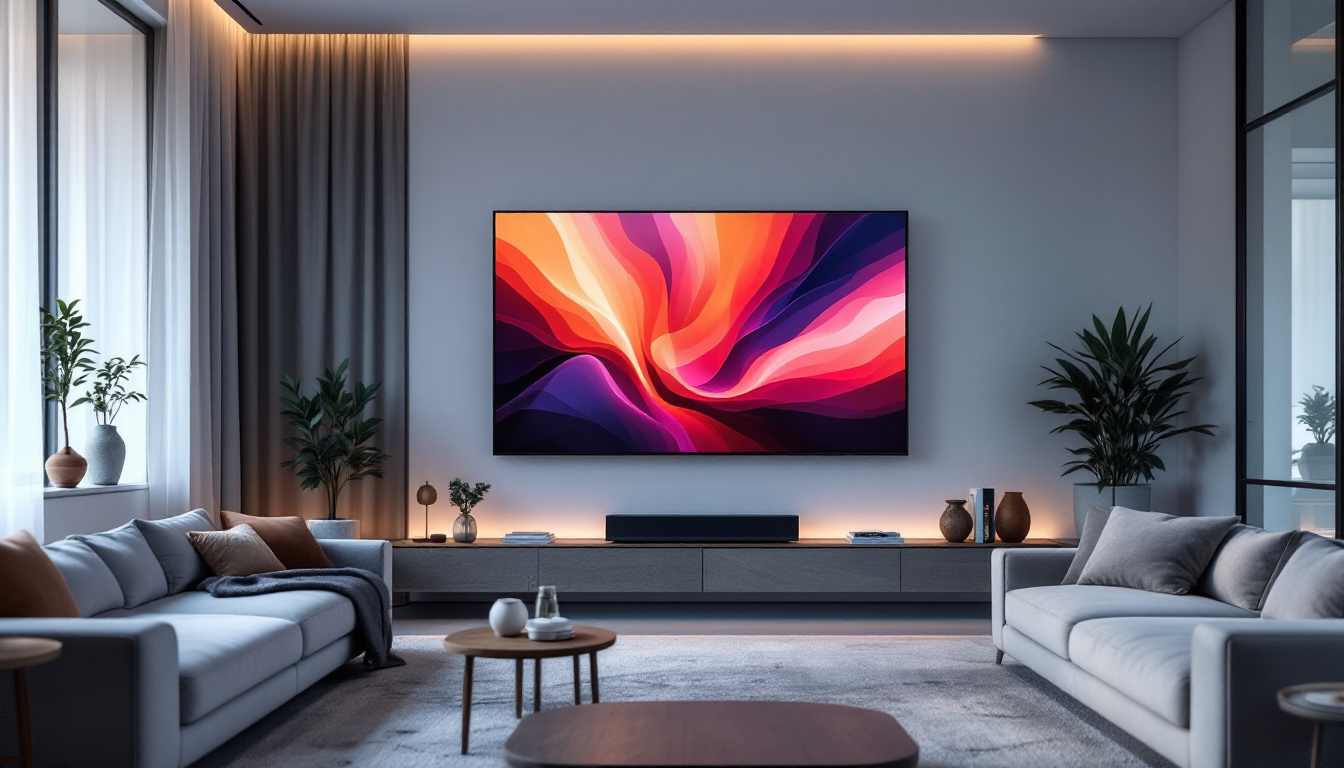In the ever-evolving landscape of branding and advertising, audio-visual logos have emerged as a powerful tool for businesses seeking to make a lasting impression. Among the various mediums available, LED displays stand out due to their vibrant colors, dynamic content, and versatility. This article delves into the intricacies of audio-visual logos, with a particular focus on LED displays, exploring their benefits, applications, and the technology behind them.
Understanding Audio Visual Logos
Audio visual logos combine visual elements with sound to create a memorable brand identity. Unlike traditional logos, which are static images, audio-visual logos engage multiple senses, making them more impactful. This multi-sensory approach not only captures attention but also enhances brand recall. By tapping into the auditory and visual channels simultaneously, brands can create a more immersive experience that resonates deeply with consumers, leading to stronger emotional connections.
The Components of Audio Visual Logos
At the core of an audio-visual logo are two primary components: the visual element and the audio signature. The visual element typically includes animations or graphics that represent the brand, while the audio signature is a distinctive sound or jingle that complements the visuals. Together, they create a cohesive identity that resonates with audiences. The design of the visual aspect can vary widely, from sleek and modern graphics to playful animations, each tailored to reflect the brand’s personality and values.
For instance, a company might use a specific color palette and animation style in its visual logo, paired with a catchy tune or sound effect. This combination can evoke emotions and associations that reinforce the brand’s message, making it more memorable. The choice of sound is equally important; a tech company might opt for a futuristic soundscape, while a children’s brand may choose cheerful and playful melodies. Such careful consideration ensures that the audio-visual logo not only attracts attention but also aligns with the brand’s overall narrative.
Benefits of Audio Visual Logos
One of the most significant advantages of audio-visual logos is their ability to enhance brand recognition. Studies have shown that people are more likely to remember information presented in a multi-sensory format. By engaging both sight and sound, businesses can create a more immersive experience that leaves a lasting impression. This is especially beneficial in advertising, where capturing consumer interest quickly is crucial. An audio-visual logo can serve as a powerful tool in advertisements, making them more engaging and effective.
Additionally, audio-visual logos can convey complex messages more effectively than traditional logos. The combination of visuals and audio allows brands to communicate their values, mission, and personality in a way that resonates with their target audience. This is particularly important in a crowded marketplace where differentiation is key. For example, a brand that emphasizes sustainability might use earthy tones and natural sounds in its audio-visual logo, reinforcing its commitment to environmental responsibility. By doing so, they not only stand out but also attract like-minded consumers who share their values, creating a loyal customer base that is more likely to engage with the brand over time.
The Role of LED Displays in Audio Visual Logos
LED displays have revolutionized the way brands present their audio-visual logos. These digital screens offer unparalleled brightness, clarity, and flexibility, making them ideal for various applications. From storefronts to events, LED displays can effectively showcase a brand’s identity in a captivating manner.
Advantages of LED Displays
One of the primary advantages of LED displays is their ability to produce vibrant, eye-catching visuals. The high-resolution capabilities of LED technology ensure that logos and animations appear sharp and clear, even from a distance. This is crucial for capturing the attention of passersby in busy environments.
Moreover, LED displays are highly versatile. They can be programmed to display a variety of content, including animations, videos, and real-time information. This adaptability allows brands to keep their messaging fresh and relevant, engaging audiences in new ways. Additionally, the energy efficiency of LED technology means that brands can operate these displays with lower power consumption, making them not only an environmentally friendly choice but also a cost-effective one over time.
Applications of LED Displays in Branding
LED displays are utilized in various settings, from retail environments to corporate events. In retail, for instance, businesses can use LED screens to showcase their audio-visual logos as part of their storefront displays. This not only attracts customers but also reinforces brand identity as they enter the store. The ability to change content quickly allows retailers to promote seasonal sales or new product launches, ensuring that their messaging is always aligned with current marketing strategies.
At corporate events, LED displays can be used to create immersive experiences. Brands can present their audio-visual logos during presentations, ensuring that attendees remember their message long after the event concludes. The dynamic nature of LED displays allows for creative storytelling that captivates audiences. Furthermore, these displays can be integrated with interactive elements, such as touch screens or social media feeds, enabling real-time engagement and feedback from attendees. This interactivity not only enhances the overall experience but also fosters a deeper connection between the brand and its audience, making the event memorable and impactful.
Technology Behind LED Displays
The technology behind LED displays is fascinating and plays a crucial role in their effectiveness. Understanding how these displays work can provide insights into their advantages and applications.
How LED Displays Work
LED displays consist of numerous tiny light-emitting diodes (LEDs) that work together to create images and animations. These diodes emit light when an electric current passes through them, allowing for bright and vivid displays. The arrangement and color of the LEDs determine the overall image quality and brightness.
Modern LED displays often use a technique called pixel mapping, which allows for precise control over each individual pixel. This technology enables brands to create intricate animations and graphics that enhance their audio-visual logos. The result is a stunning visual experience that captures attention and communicates effectively.
Types of LED Displays
There are several types of LED displays, each suited for different applications. Indoor LED displays are typically used in venues such as theaters and conference halls, where high resolution and clarity are essential. Outdoor LED displays, on the other hand, are designed to withstand the elements and are often used for billboards and large-scale advertising.
Additionally, there are flexible LED displays that can be shaped into various forms, allowing for creative installations. These displays can be used in unique ways to enhance brand visibility and engagement, making them an exciting option for businesses looking to stand out.
Creating an Effective Audio Visual Logo with LED Displays
Designing an audio-visual logo that effectively utilizes LED displays requires careful planning and execution. Several key factors should be considered to ensure that the final product resonates with the target audience.
Design Considerations
When creating an audio-visual logo, it is essential to maintain brand consistency. This includes using the same color palette, typography, and design elements that are present in the brand’s other marketing materials. Consistency helps reinforce brand identity and ensures that the logo is easily recognizable.
Furthermore, the animation and audio components should complement each other. The visuals should enhance the message conveyed by the audio, creating a harmonious experience for the audience. Careful attention to detail in both aspects can elevate the overall impact of the audio-visual logo.
Testing and Feedback
Before launching an audio-visual logo, it is crucial to test it with a sample audience. Gathering feedback can provide valuable insights into how well the logo resonates with viewers. This feedback can help identify any areas for improvement, ensuring that the final product is as effective as possible.
Additionally, monitoring the performance of the audio-visual logo after its launch can provide insights into its effectiveness. Analyzing engagement metrics and audience reactions can help brands refine their messaging and make necessary adjustments for future campaigns.
Future Trends in Audio Visual Logos and LED Displays
The landscape of audio-visual branding is continually evolving, driven by advancements in technology and changing consumer preferences. As businesses seek innovative ways to connect with their audiences, several trends are emerging in the realm of audio-visual logos and LED displays.
Increased Interactivity
One of the most significant trends is the rise of interactivity. Brands are increasingly looking to engage their audiences through interactive audio-visual logos that allow viewers to participate in the experience. This could involve touch screens, motion sensors, or augmented reality elements that create a more immersive experience.
By incorporating interactivity, brands can foster a deeper connection with their audience, encouraging them to engage with the brand in meaningful ways. This trend is particularly relevant in retail environments, where interactive displays can enhance the shopping experience.
Integration with Social Media
Another trend is the integration of audio-visual logos with social media platforms. Brands are leveraging LED displays to showcase user-generated content, encouraging customers to share their experiences online. This not only enhances brand visibility but also fosters a sense of community among customers.
By incorporating social media elements into audio-visual logos, brands can create a dynamic and engaging experience that resonates with their audience. This approach not only boosts brand loyalty but also encourages word-of-mouth marketing.
Conclusion
Audio-visual logos, particularly those utilizing LED displays, represent a powerful tool for modern branding. Their ability to engage multiple senses and convey complex messages makes them an effective choice for businesses looking to stand out in a competitive marketplace. As technology continues to evolve, the potential for audio-visual logos will only expand, offering exciting opportunities for brands to connect with their audiences in new and innovative ways.
Investing in an audio-visual logo that leverages LED display technology can provide businesses with a significant advantage in today’s fast-paced world. By understanding the components, benefits, and future trends of audio-visual logos, brands can create impactful identities that resonate with consumers and drive engagement.
Discover LumenMatrix’s Innovative LED Display Solutions
Ready to elevate your brand’s presence with an audio-visual logo that captivates and engages? LumenMatrix, a pioneer in LED display technology, offers a diverse range of solutions tailored to bring your brand’s vision to life. From Indoor and Outdoor LED Wall Displays to specialized options like Vehicle, Sports, and Floor LED Displays, our products are designed to make a powerful impact. Experience the future of visual communication with our Custom, All-in-One, and Transparent LED Displays, all crafted to deliver your message with unparalleled clarity and vibrancy. Don’t miss the opportunity to transform your brand’s identity. Check out LumenMatrix LED Display Solutions and start your journey towards an unforgettable audio-visual branding experience.


